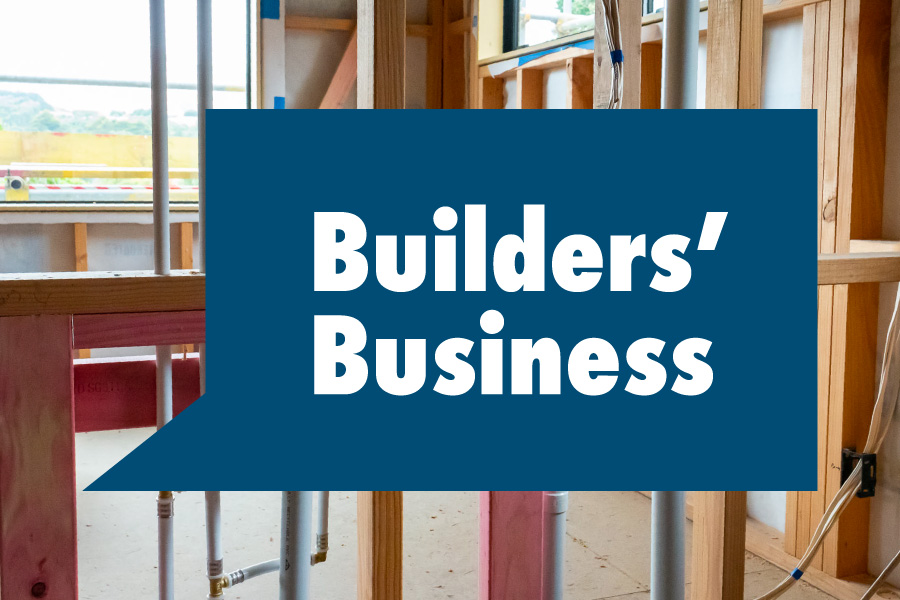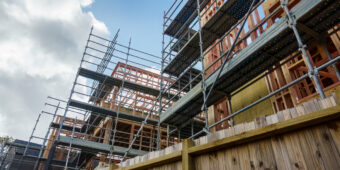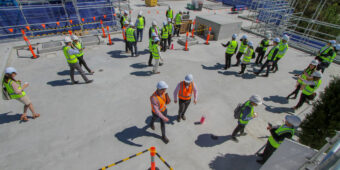Communications and consents
22 May 2023, Builders business, News

Builders’ Business is a column by builders for builders. Its objective is to provide a forum, particularly for small business operators, in which to share knowledge, experience, tips and ideas
Q. How do you manage the consent process and communication with clients before and during a build?
Firm: Glenn Grant Builders
Interviewee: Glenn Grant
Role: Director
Location: Tasman
Staff: 5
How we communicate with our clients depends on the build we’re working on. A lot of the time, architects will do the preliminary communication, but, once the build progresses, we try to communicate with our clients as much as possible.
When we go through consent variations, we like to get clients onsite, so they can get a proper feel for things. At the moment, we’re working with clients who live out of town, so that changes how we communicate with them, as we don’t see them very often.
Even though it’s a cost for us to spend time with clients, I like to make as much time as possible for them, because proper communication is really important. Bad communication can come back to bite you later down the track, and I think one of the biggest pitfalls for builders relates to poor communication around variations, especially regarding client expectations compared to the finished product.
In addition to taking the time to speak to clients, I believe that putting things in writing is especially important. That way, you have a paper trail to fall back on if you need to.
Firm: Shore Build
Interviewee: Ash Hare
Role: Director & Project Manager
Location: Auckland
Staff: 17
Most of our work is architectural, so we’re normally recommended by an architect, who has taken a client through the consent process already.
We do work with clients through minor variations, but usually the designer or architect will do the liaison work with the council. In terms of communication with clients, we meet them every two weeks. Our meetings are minuted and we cover a range of issues, from health and safety to construction updates and anything the client wants to cover. We also keep a live document on each project.
In my opinion, this results in a more informed client – a lot of the work we do is complicated and has at least 40 variations. I want the owners to be aware of cost and to have the choice of where to spend their money.
We always put a variation to the client, so they can have a final say on the price – even for charge-out work. I find that cuts down on arguments or unhappy customers.
Firm: Dunlop Builders
Interviewee: Bryce Dunlop
Role: Managing Director
Location: Wanaka
Staff: 30
We don’t normally have much to do with obtaining consents, as that’s normally directed by an architect.
When processing minor variations, we would normally have a part to play – but that depends on the contract we have with our client. For example, if it’s a Master Builders contract, we manage the whole process, so we have a lot more one-on-one communication. If the architect is the main point of call, then everything goes through them.
Because we build high-end homes, we’re in a small market and clients normally come to us via a designer or architect. If that happens, we’ll have very little to do with the clients at a contractual level and, as a result, have very little to do regarding decision-making about minor variations or substitutions.
However, whether we communicate with a client or architect, everything has to be written down. That way we can make sure everyone is on the same page, we can process it in-house, and make sure it goes through the correct channels.
Register to earn LBP Points Sign in



